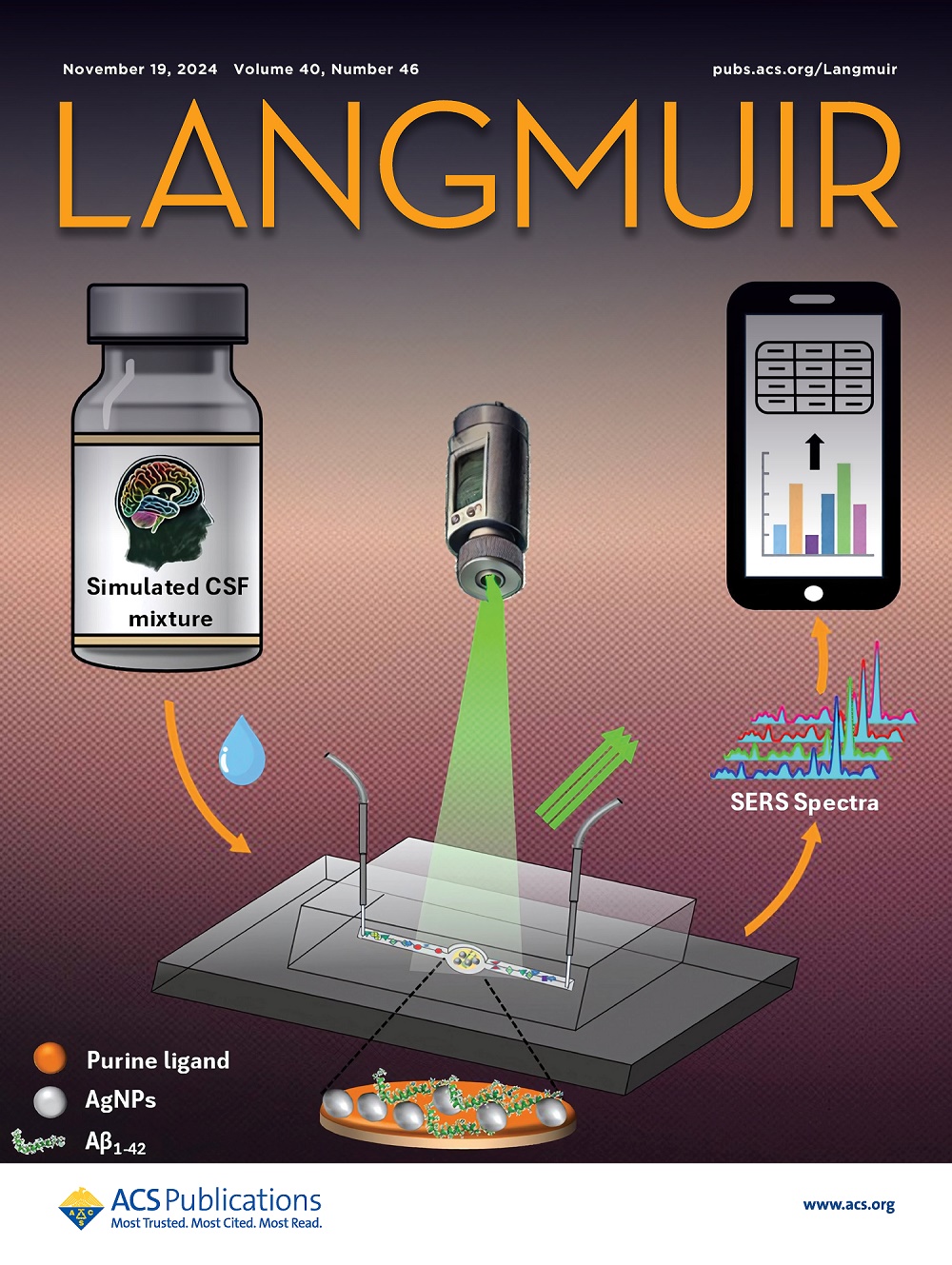环境可持续的含水氧化锆-菊粉作为环丙沙星去除的有效吸附剂:通过统计物理和分形动力学建模的机理和热力学见解
IF 3.7
2区 化学
Q2 CHEMISTRY, MULTIDISCIPLINARY
引用次数: 0
摘要
药物污染物如环丙沙星(CPF)由于其持久性和传统处理方法的去除有限而构成环境风险。为此,采用湿沉淀法合成了含水氧化锆-菊粉(hzo -菊粉)生物材料,并利用傅里叶变换红外光谱(FT-IR)、x射线衍射、热重分析-差热分析、x射线光电子能谱、布鲁诺尔-埃米特-泰勒表面积分析、扫描电子显微镜-能量色散x射线能谱和透射电子显微镜对其进行了表征。hzo -菊粉在各种水生条件下均表现出较高的化学稳定性。采用Box-Behnken设计和期望函数法对CPF的吸附进行优化,在吸附剂剂量为0.01 g,浓度为85 mg/L,接触时间为35 min的最佳条件下,CPF的去除率为99.28%,最大吸附量为181.46 mg/g。采用经典模型和统计物理模型进行等温线分析,结果表明Freundlich模型最适合多层吸附,而统计物理模型2表明单层吸附具有两个能级(R2 = 0.9994 ~ 0.9997)。吸附能(E1: 28.65 ~ 38.62 kJ/mol, E2: 42.58 ~ 54.87 kJ/mol)表明氢键和静电相互作用。热力学研究证实了自发吸热吸附。300 K下CPF浓度(55、65、75 mg/L)的动力学研究遵循分形拟二阶模型(R2 >;0.998),扩散模型以边界层扩散为主,向颗粒内扩散过渡。自来水CPF去除率为98.9%,河水为99.10%,废水为99.15%。hzo -菊粉经过8次循环后仍保持较高的吸附效率,证实了其可重复使用。这些发现表明hzo -菊粉是一种高效、稳定和可持续的水净化材料。本文章由计算机程序翻译,如有差异,请以英文原文为准。

Environmentally Sustainable Hydrous Zirconium Oxide–Inulin as an Efficient Adsorbent for Ciprofloxacin Removal: Mechanistic and Thermodynamic Insights via Statistical Physics and Fractal-like Kinetic Modeling
Pharmaceutical pollutants like ciprofloxacin (CPF) pose environmental risks due to their persistence and limited removal by conventional treatment methods. To address this, a hydrous zirconium oxide–inulin (HZO–inulin) biomaterial was synthesized via wet precipitation and characterized using Fourier transform infrared spectroscopy (FT-IR), X-ray diffraction, thermogravimetric analysis-difference thermal analysis, X-ray photoelectron spectroscopy, Brunauer–Emmett–Teller surface area analysis, scanning electron microscopy–energy dispersive X-ray spectroscopy, and transmission electron microscopy. HZO–inulin exhibited high chemical stability under various aquatic conditions. CPF adsorption was optimized using the Box–Behnken design with a desirability function approach, achieving 99.28% removal and a maximum adsorption capacity of 181.46 mg/g under optimal conditions (adsorbent dose = 0.01 g, concentration = 85 mg/L, contact time = 35 min). Isotherm analysis using classical and statistical physics models revealed that the Freundlich model best fit the data, suggesting multilayer adsorption, while statistical physics model 2 indicated monolayer adsorption with two energy levels (R2 = 0.9994–0.9997). Adsorption energies (E1: 28.65–38.62 kJ/mol, E2: 42.58–54.87 kJ/mol) suggested hydrogen bonding and electrostatic interactions. Thermodynamic studies confirmed spontaneous endothermic adsorption. Kinetic studies at 300 K for CPF concentrations (55, 65, 75 mg/L) followed a fractal-like pseudo-second-order model (R2 > 0.998), while diffusion modeling identified boundary-layer diffusion dominance, transitioning to intraparticle diffusion. CPF removal from real water samples was 98.9% (tap water), 99.10% (river water), and 99.15% (wastewater). HZO–inulin retained high adsorption efficiency after eight cycles, confirming its reusability. These findings establish HZO–inulin as an efficient, stable, and sustainable material for water purification applications.
求助全文
通过发布文献求助,成功后即可免费获取论文全文。
去求助
来源期刊

Langmuir
化学-材料科学:综合
CiteScore
6.50
自引率
10.30%
发文量
1464
审稿时长
2.1 months
期刊介绍:
Langmuir is an interdisciplinary journal publishing articles in the following subject categories:
Colloids: surfactants and self-assembly, dispersions, emulsions, foams
Interfaces: adsorption, reactions, films, forces
Biological Interfaces: biocolloids, biomolecular and biomimetic materials
Materials: nano- and mesostructured materials, polymers, gels, liquid crystals
Electrochemistry: interfacial charge transfer, charge transport, electrocatalysis, electrokinetic phenomena, bioelectrochemistry
Devices and Applications: sensors, fluidics, patterning, catalysis, photonic crystals
However, when high-impact, original work is submitted that does not fit within the above categories, decisions to accept or decline such papers will be based on one criteria: What Would Irving Do?
Langmuir ranks #2 in citations out of 136 journals in the category of Physical Chemistry with 113,157 total citations. The journal received an Impact Factor of 4.384*.
This journal is also indexed in the categories of Materials Science (ranked #1) and Multidisciplinary Chemistry (ranked #5).
 求助内容:
求助内容: 应助结果提醒方式:
应助结果提醒方式:


